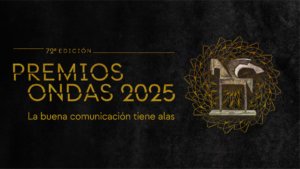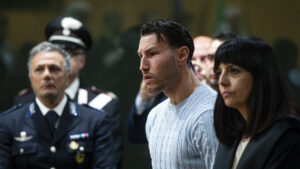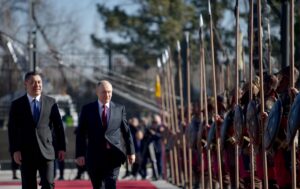
From the past to the future, starting from the legacy of the monks to rethink development, innovation and cohesion. This is an interesting challenge at the center of the international conference “Benedictine landscapes, territory, cultural heritage and spirituality”, which takes place until Friday between Rome, Subiaco, Cassino and Farfa, a scientific event proposed as the starting point of a cultural project that brings together memory, research and a vision of the future of Europe. Promoted by the DTC Lazio Center of Excellence as part of NextGenerationEU, with the support of national and regional institutions, the conference brings together scholars, researchers, religious groups, professionals and cultural operators to question the Benedictine heritage as a key to understanding contemporary global challenges. The intuition behind the project is both simple and radical: territory is not just a place, but also an infrastructure of memory and innovation. Benedictine monasteries, born as centers of community life, work and spirituality, shaped the economies, landscapes and cultural networks that contributed to the formation of Europe. Even today, such heritage offers a valuable paradigm for addressing the digital transition, sustainable heritage assessment, social cohesion and new areas of development. The project took shape through advanced research and technological experience applied to cultural heritage. Among them, the digital twin of the Chapel of San Gregorio al Sacro Speco, created by Geolander.it, combines millimeter 3D surveying, augmented reality and interactive narrative: a tool for protection, study and use that transforms heritage into a dynamic ecosystem. In Cassino, a Virtual and Accessible Museum – Memories of Montecassino brings manuscript and book traditions to life through immersive reconstruction and inclusive technology. DTC Lazio’s scientific investigation of the Santa Crocella Chapel frescoes opens up new scenarios regarding attribution and knowledge, while the digital governance model proposed by CoopCulture shows how technology can encourage participation and awareness.
The perspective proposed by this project is clear: cultural heritage is not an immutable legacy, but rather a development platform. From scientific research to cultural enterprise, from training to territorial policy, the Benedictine legacy provides a site for reconfiguring the relationship between culture and innovation. As stated by Simone Bozzato, President of the DTC Lazio Center of Excellence, “the Benedictine monasteries were the cradle of Europe: today they can become the laboratory of a new season of cultural cooperation, economic growth and socio-territorial innovation”.
Thus the project that emerged from the conference – and after the conference – became an open construction site: a way to imagine, with responsibility and vision, new forms of sustainable development based on knowledge, care for the territory and technology as the strategic infrastructure of the future. A way to hearken back to the legacy of “ora, labora et innova” and turn it into a guide for the world to come.




